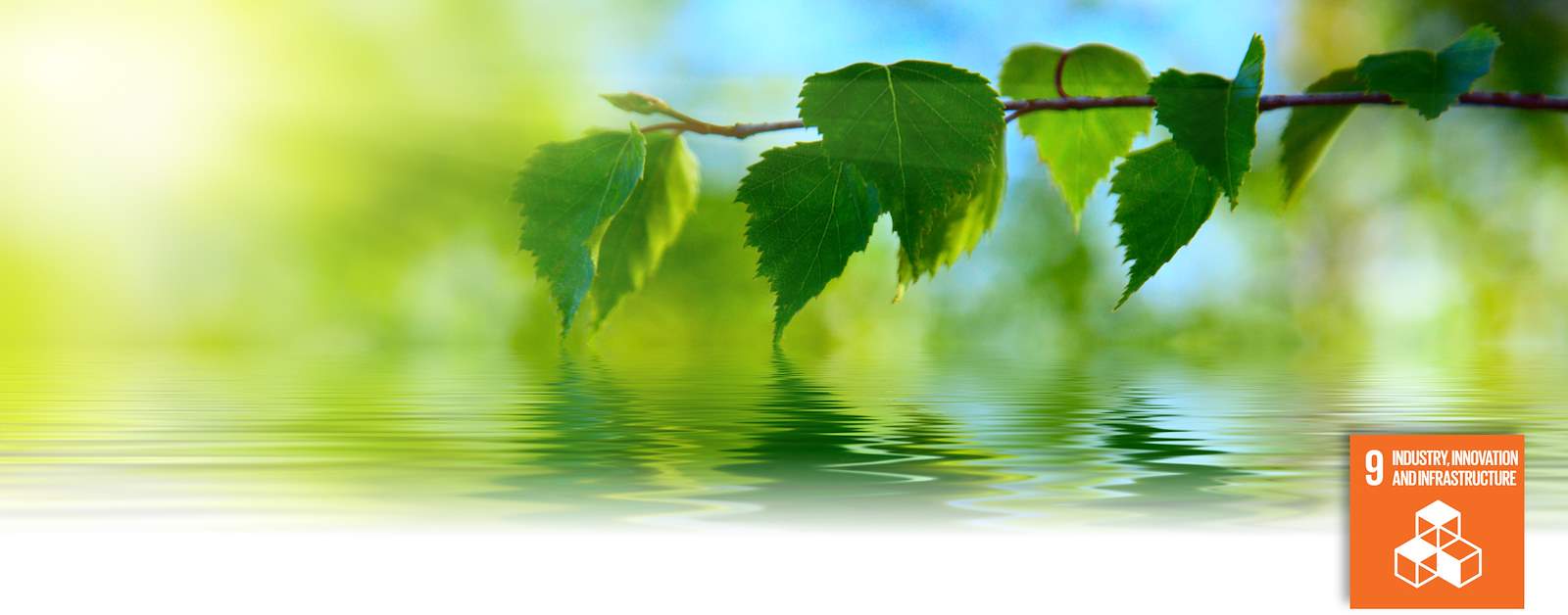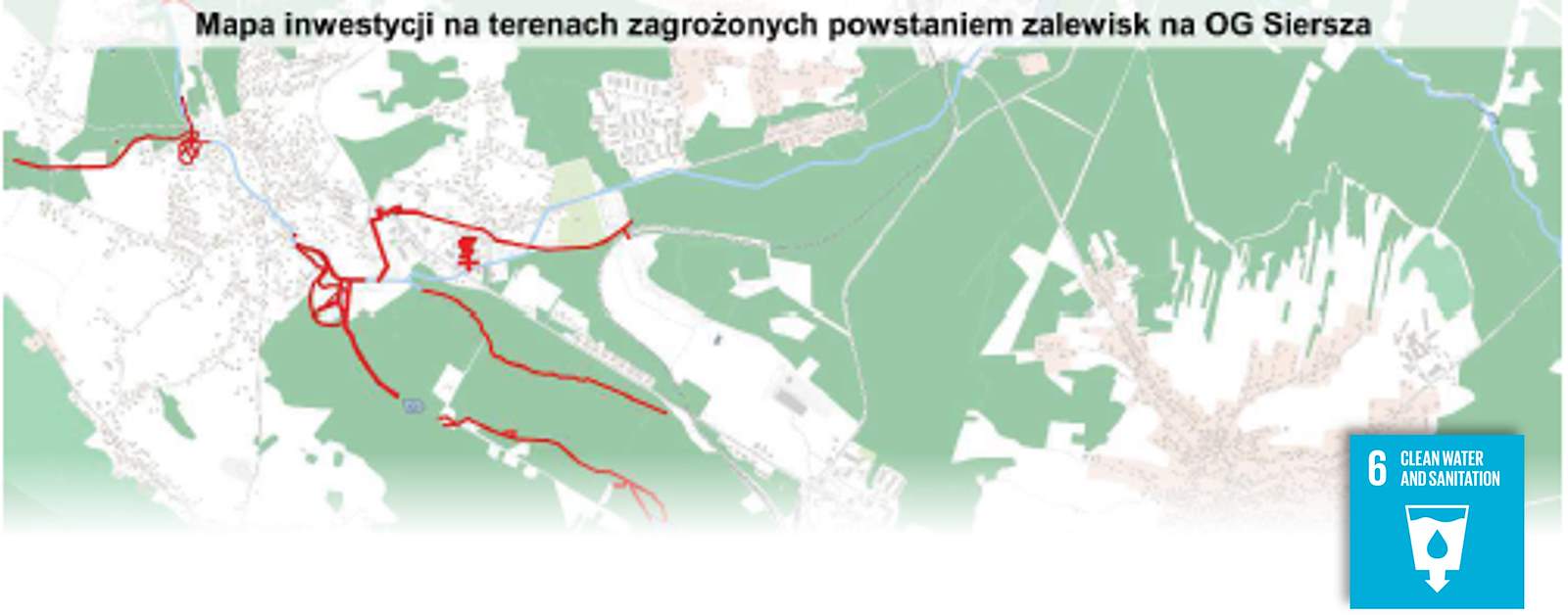Health and Safety
We proactively demonstrate, encourage and support the highest standards of health & safety in design, operation and practice. This applies to our people, our operations and our projects. Our performance, including key figures, appears in our Annual Report Risk Management. The health, well-being and resilience of all colleagues are our top priority, as shown by our well-being initiatives. Additional example projects appear below.
Example projects
Our people-centred approach to design – from transport systems to manufacturing facilities – delivers wide-ranging benefits for health and safety. The approach incorporates extensive stakeholder engagement to identify design choices that increase the well-being and enjoyment of users.
For a complete overview of all the project examples in this report (Annual Report and CSR Report), check the overview of project examples per SDG
Waste removal is quicker and safer with input from AI and digital twins

Lanner uses digital twins for safe and efficient waste removal
A huge clean-up operation is under way in the United States to clear more than 56 million gallons of nuclear waste from a site to protect a nearby river and surrounding habitat. One of the challenges facing the clean-up team is the sheer complexity of decision making. A single question about how to improve throughput may involve 80 possible scenarios, taking a month to provide an answer.
Our predictive simulation experts at Lanner, working with Washington River Protection Systems, have come up with a solution. In combination with digital twins, they are using cloud computing, artificial intelligence and machine learning to support the safety and efficiency of the clean up and identify where improvements can be made through automatic bottleneck detection.
The impact has been to dramatically reduce overall computing time, so that these complex questions can be answered in a couple of days, rather than 25. The simulations provide detailed insight into how to plan next stages which has boosted efficiency and reduced human error. For example, in assessing a proposed investment to boost throughput at an effluent treatment plant, the model revealed a bottleneck in the filtration system. Without detection, it would have slowed throughput by 75% compared to targets. The work has consistently enabled challenging deadlines to be met, avoiding fines levied for late removal.
Protecting populations from mine water contamination
The area of the former coal mine Siersza (Poland)
The closure of former coal mines and changing weather patterns creates risks for the environment and for populations. If former coal mines flood, water from the mines can contaminate the natural environment and water systems.
At the area of the former coal mine Siersza in Poland, we are diminishing the threat of waterlogging and flood after restoring the groundwater table. A complete drainage system is being introduced covering the area at risk to preserve and restore proper water conditions, preventing hydrogeological damage associated with the end of coal mining.
Understanding key safety issues for employees
The interactive content below might not be fully accessible.
A safety campaign addressed safety issues among employees. The idea was to look through the perspective of safety glasses. In online polls employees were requested to answer and discuss 'what is the most important safety issue?'. Ultimately, mental safety was seen as most important to the employees.
